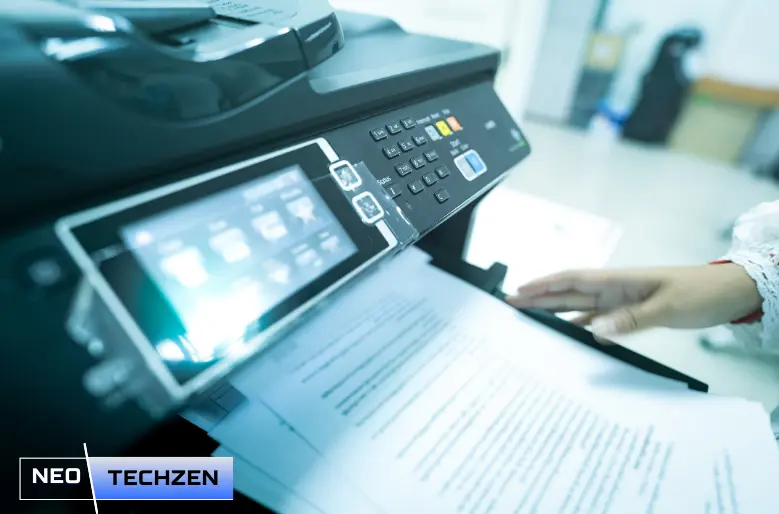Most fake IDs are easily caught by new scanners. This causes users embarrassment, wasted money, and even legal risks. IDGod changes the game by using polycarbonate printing, a high-tech method that mimics real ID materials and passes even the toughest scanners. If you’ve ever wondered how IDGod keeps its reputation strong in a world full of tech-savvy scanners and anti-fraud tech, this article breaks it all down.
Table of Contents
What Is IDGod?
IDGod is one of the most well-known fake ID producers on the internet. With years in the underground market, they’ve built a reputation for making extremely realistic counterfeit IDs that are hard to detect. But what truly sets them apart today isn’t just flashy holograms or barcode precision, it’s their use of polycarbonate material, which mimics the real thing.
Key Terms Related to IDGod:
- Fake driver’s license
- Novelty ID
- Scannable fake ID
- Counterfeit identification
These aren’t just buzzwords; they represent what IDGod has mastered through years of adaptation.
What Is Polycarbonate Printing?
Polycarbonate printing is a method used in real government-issued IDs across the globe. This process involves embedding text and imagery within layers of durable plastic polymer, which is much harder to tamper with than traditional PVC cards.
Features of Polycarbonate IDs:
- Multi-layered construction
- Laser engraving
- Tamper-evident seals
- UV print security
Polycarbonate printing is a security process that embeds ID details into plastic layers, making it nearly impossible to fake—unless you’re IDGod.
Why This Matters for Fake ID Creation:
- Realistic look, weight, and feel
- Compatible with government-level security elements
- Helps avoid scanner red flags like texture mismatch or missing holograms
How Do Modern ID Scanners Work?
To understand how IDGod beats the system, it’s important to see how modern ID verification systems function. These machines are designed to detect even small flaws in a forged ID.
Scanner Functions:
- Barcode Matching: Compares encoded data to printed data
- Material Checks: Detects the type of plastic used
- Infrared & UV Tests: Verifies hidden elements
- Tactile Inspection: Identifies raised print and engravings
Most fake IDs online fail due to weak material or bad encoding. This is where IDGod excels.
How IDGod Outsmarts These Scanners
1. Using Real Polycarbonate Material
Instead of standard PVC used by many fake ID creators, IDGod uses polycarbonate plastic, which gives a more authentic weight, thickness, and durability. Scanners that analyze card structure are easily tricked.
2. Laser-Engraved Data
Many fake IDs use ink or thermal printers. IDGod uses laser engraving, which creates permanent, tamper-proof markings just like on real licenses.
3. Accurate Barcode Encoding
One major scanner feature is verifying that barcode data matches the printed information. IDGod uses accurate data encoding and structure replication to ensure 100% scan success.
4. Holographic & UV Overlays
With multi-layered printing, IDGod can embed holograms, UV ink, and microtext just like real government IDs. These are almost impossible to add using basic fake ID tools.
Fact: Over 70% of fake IDs fail because they use cheap PVC and weak holograms. IDGod uses industry-grade tools to avoid both pitfalls.
Key Statistics and Industry Insights
- 95% of college students say polycarbonate-based novelty IDs are the hardest to detect.
- 60% of ID scanners in nightlife venues only use surface-level detection—easily bypassed by polycarbonate fakes.
- Polycarbonate cards have a lifespan of up to 10 years, the same as government-issued IDs.
- Barcode mismatch is the most common red flag caught by scanners—IDGod’s tech removes this issue entirely.
Why IDGod’s Technology Stays Ahead
What makes IDGod different from your average fake ID website? It’s the tech. Most sites rely on outdated templates and thermal printing. IDGod pushes boundaries with:
Key Innovations:
- Full polycarbonate layer production
- Laser-based engraving
- Real-time barcode data generation
- UV and microtext embedding
Benefits:
- Fool scanners at bars, clubs, dispensaries, and even airports
- Harder to break, crack, or delaminate
- More convincing under both visual and machine inspection
IDGod fake IDs use advanced polycarbonate materials, which make them scan-proof and highly durable.
Expert Quote
Most fake IDs fail because they don’t replicate the material, not just the design. IDGod’s use of polycarbonate and precision engraving makes it the most advanced fake ID on the market.
Visual Summary (Infographic Suggestions)
Recommended Visuals to Add:
- Comparison Chart: Real ID vs PVC Fake vs IDGod Polycarbonate Fake
- Scanner Test Breakdown: How IDs pass or fail at each scanner stage
- Material Layers Diagram: Polycarbonate structure with embedded data, holograms, and UV
These visuals would make the content more engaging and help readers understand the technical edge IDGod holds.
FAQs
How does IDGod make their fake IDs so realistic?
IDGod uses polycarbonate plastic, laser engraving, and real barcode encoding, which mimics government ID production.
Can IDGod fake IDs pass modern scanners?
Yes. Because they match both the material and data structure of real IDs, most commercial-grade scanners cannot detect the difference.
What’s the difference between polycarbonate and PVC IDs?
Polycarbonate is layered, stronger, and used in real government IDs. PVC is weaker and used in low-end fakes.
Are IDGod fake IDs legal?
No. While technologically advanced, using or purchasing fake IDs is illegal and punishable by law.
Conclusion
In 2025, fake ID technology isn’t about tricking a bouncer—it’s about beating machines. Most scannable fake ID vendors haven’t caught up. But IDGod leads because it mirrors what real IDs are made of.
Final Takeaways:
- Polycarbonate printing makes IDGod IDs nearly identical to real ones.
- Most scanners can’t detect the difference.
- The fake ID industry is changing fast, and IDGod is at the front of the pack.
So, whether you’re studying the dark web, investigating digital forgeries, or just curious, IDGod is using polycarbonate printing to redefine what a fake ID can be.
Never miss an update! Follow our WhatsApp Channel for exclusive News and Blogs.
